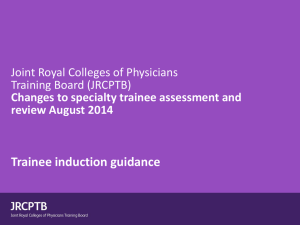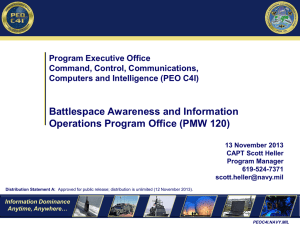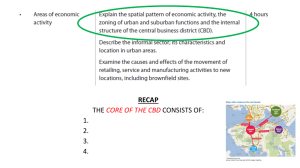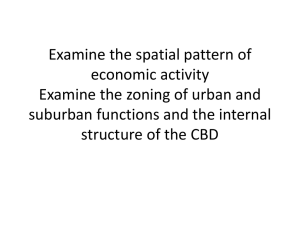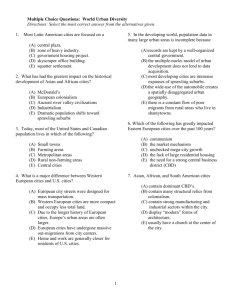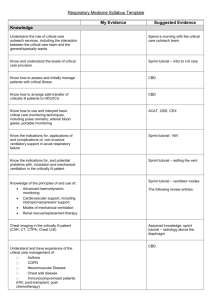this template - Sunderland ICCU Medical Education
advertisement
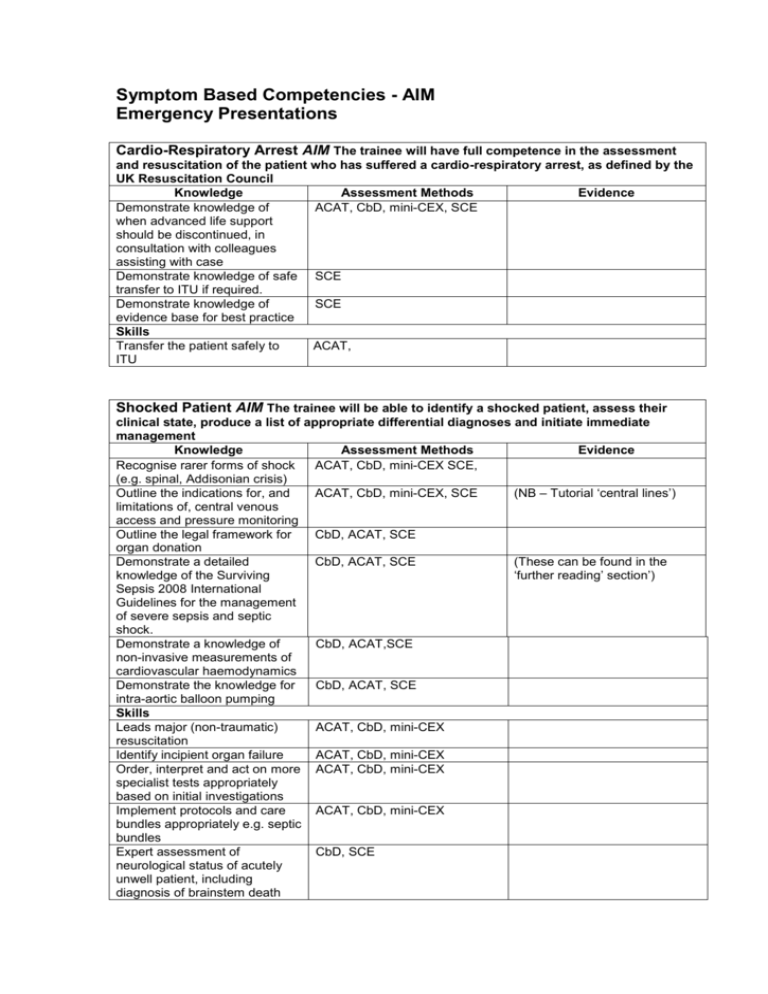
Symptom Based Competencies - AIM Emergency Presentations Cardio-Respiratory Arrest AIM The trainee will have full competence in the assessment and resuscitation of the patient who has suffered a cardio-respiratory arrest, as defined by the UK Resuscitation Council Knowledge Assessment Methods Evidence Demonstrate knowledge of ACAT, CbD, mini-CEX, SCE when advanced life support should be discontinued, in consultation with colleagues assisting with case Demonstrate knowledge of safe SCE transfer to ITU if required. Demonstrate knowledge of SCE evidence base for best practice Skills Transfer the patient safely to ACAT, ITU Shocked Patient AIM The trainee will be able to identify a shocked patient, assess their clinical state, produce a list of appropriate differential diagnoses and initiate immediate management Knowledge Assessment Methods Evidence Recognise rarer forms of shock ACAT, CbD, mini-CEX SCE, (e.g. spinal, Addisonian crisis) Outline the indications for, and ACAT, CbD, mini-CEX, SCE (NB – Tutorial ‘central lines’) limitations of, central venous access and pressure monitoring Outline the legal framework for CbD, ACAT, SCE organ donation Demonstrate a detailed CbD, ACAT, SCE (These can be found in the knowledge of the Surviving ‘further reading’ section’) Sepsis 2008 International Guidelines for the management of severe sepsis and septic shock. Demonstrate a knowledge of CbD, ACAT,SCE non-invasive measurements of cardiovascular haemodynamics Demonstrate the knowledge for CbD, ACAT, SCE intra-aortic balloon pumping Skills Leads major (non-traumatic) ACAT, CbD, mini-CEX resuscitation Identify incipient organ failure ACAT, CbD, mini-CEX Order, interpret and act on more ACAT, CbD, mini-CEX specialist tests appropriately based on initial investigations Implement protocols and care ACAT, CbD, mini-CEX bundles appropriately e.g. septic bundles Expert assessment of CbD, SCE neurological status of acutely unwell patient, including diagnosis of brainstem death Co-ordinate and manage care within a HDU/Level 2 setting Implement surviving sepsis guidelines appropriately Adjust therapy to non-invasive measurements of cardiovascular haemodynamics Behaviours Adopt leadership role Arrange transfer of patient to specialist team (cardiac, ICU) when appropriate Discuss prognosis with patient/carer Discuss issues of donation appropriately with transplant coordinators, and family/carers of patient ACAT, SCE ACAT, SCE ACAT, SCE ACAT, CbD, mini-CEX ACAT, CbD, mini-CEX ACAT, CbD, mini-CEX ACAT, mini-CEX Unconscious Patient AIM The trainee will be able to promptly assess the unconscious patient to produce a differential diagnosis, establish safe monitoring, investigate appropriately and formulate an initial management plan, including recognising situations in which emergency specialist investigation or referral is required Knowledge Assessment Methods Evidence Identify rarer causes of coma ACAT, CbD, mini-CEX, SCE and relevant investigations, NB previous ones defined in CMT Outline more complex ACAT, CbD, mini-CEX, SCE management options Skills Provide robust airways support DOPS (We will arrange some time in for the unconscious patient theatre) including the use of tracheal masks and endotracheal intubation when appropriate Order, interpret and act on more ACAT, CbD, mini-CEX, SCE specialist tests based on initial investigations Behaviours Assume leadership role ACAT, CbD, mini-CEX Involve carer/next-of-kin in ACAT, CbD, mini-CEX decision- making process where appropriate Make difficult ethical choices ACAT, CbD, mini-CEX (DNR) appropriately and sensitively Discuss issues of donation ACAT, mini-CEX appropriately with transplant coordinators, and family/carers of patient Interaction with Critical Care The trainee will acquire necessary competencies to ensure that clinical communication with members of the critical care team are optimisd in the interest of effective and safe patient care. Knowledge Outlines critical aspects of ACAT, CbD, mini-CEX (NB – Intro to critical care patient assessment that dictate tutorial) need for higher levels of care Outlines criteria that exist that ACAT, CbD, mini-CEX aid selection of patients for critical care Skills Assesses patients with acute ACAT, CbD, mini-CEX medical illness accurately and effectively Commences inotropic support ACAT, CbD, mini-CEX when appropriate Behaviours Considers opinions of others ACAT, CbD, mini-CEX Practical Procedures Procedure Minimum 2x Formative Assessments Satisfactory Summative Assessment Arterial Line US guided central line 1. 2.
